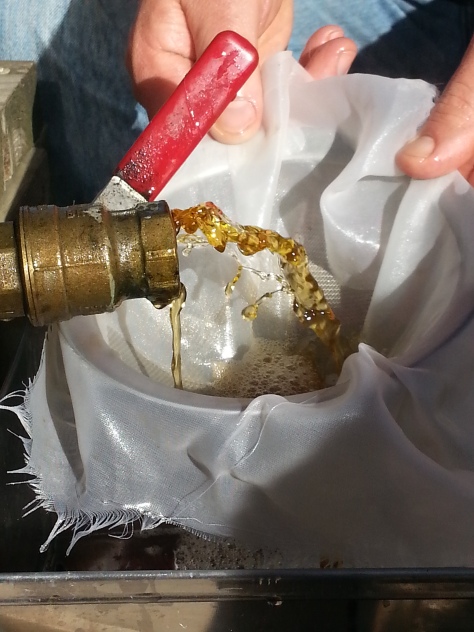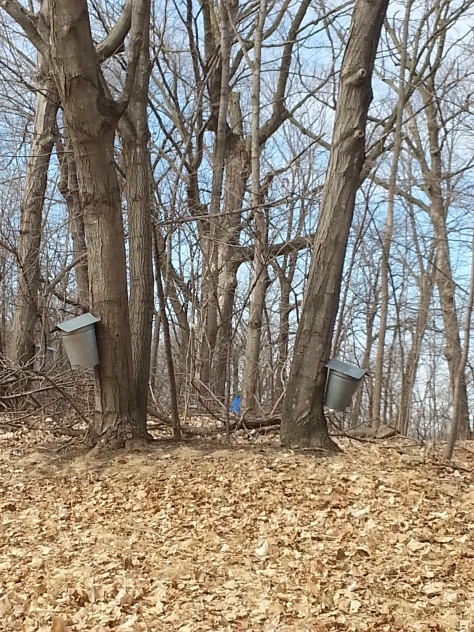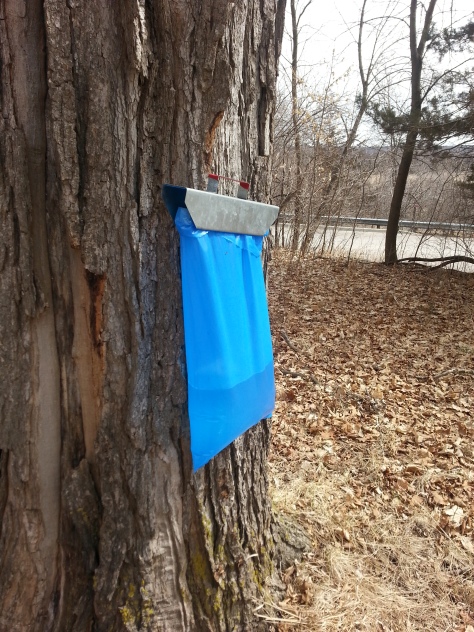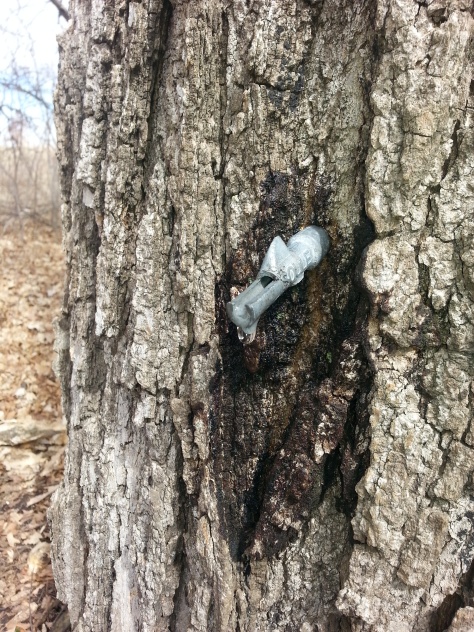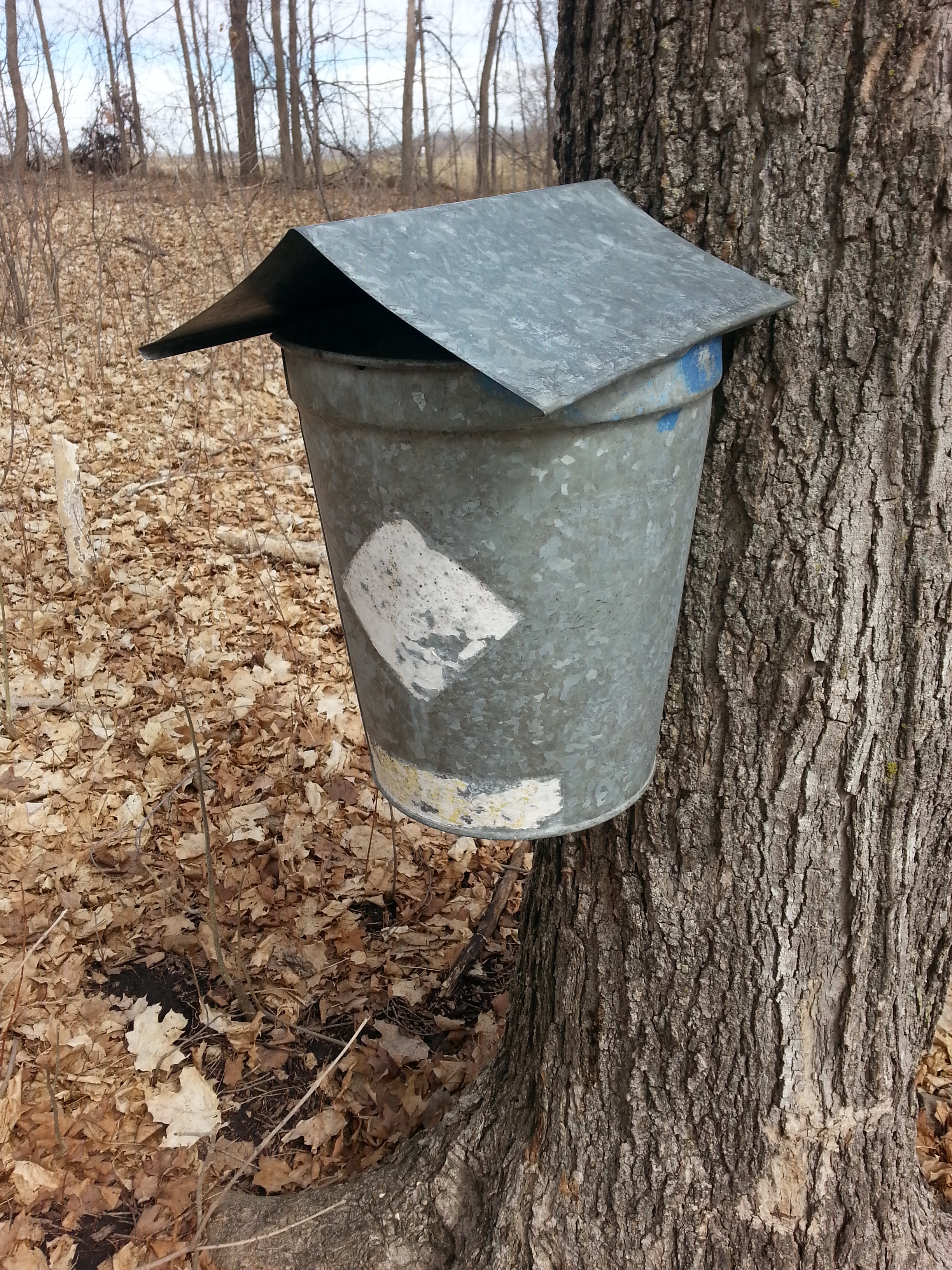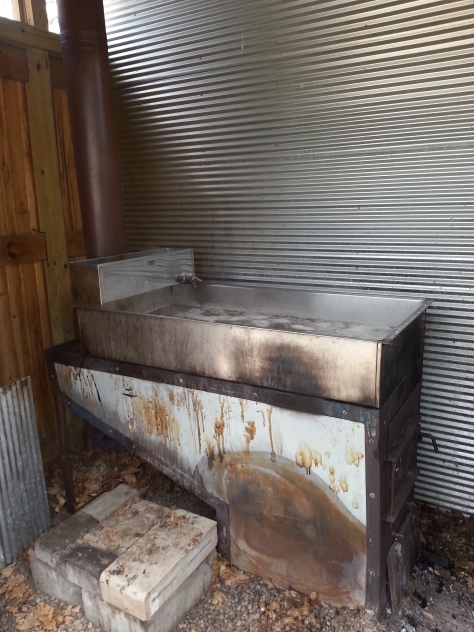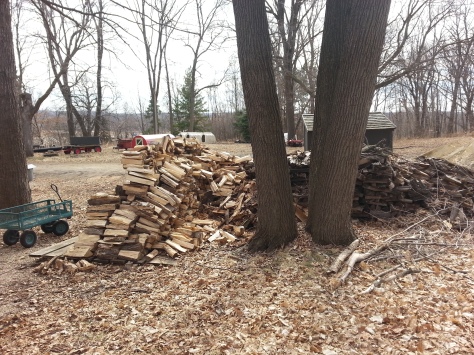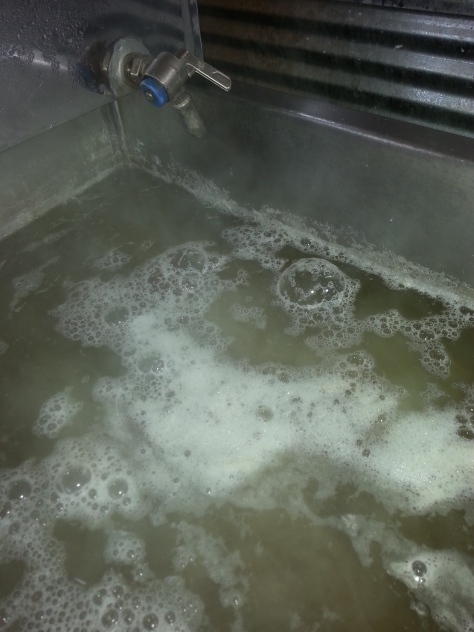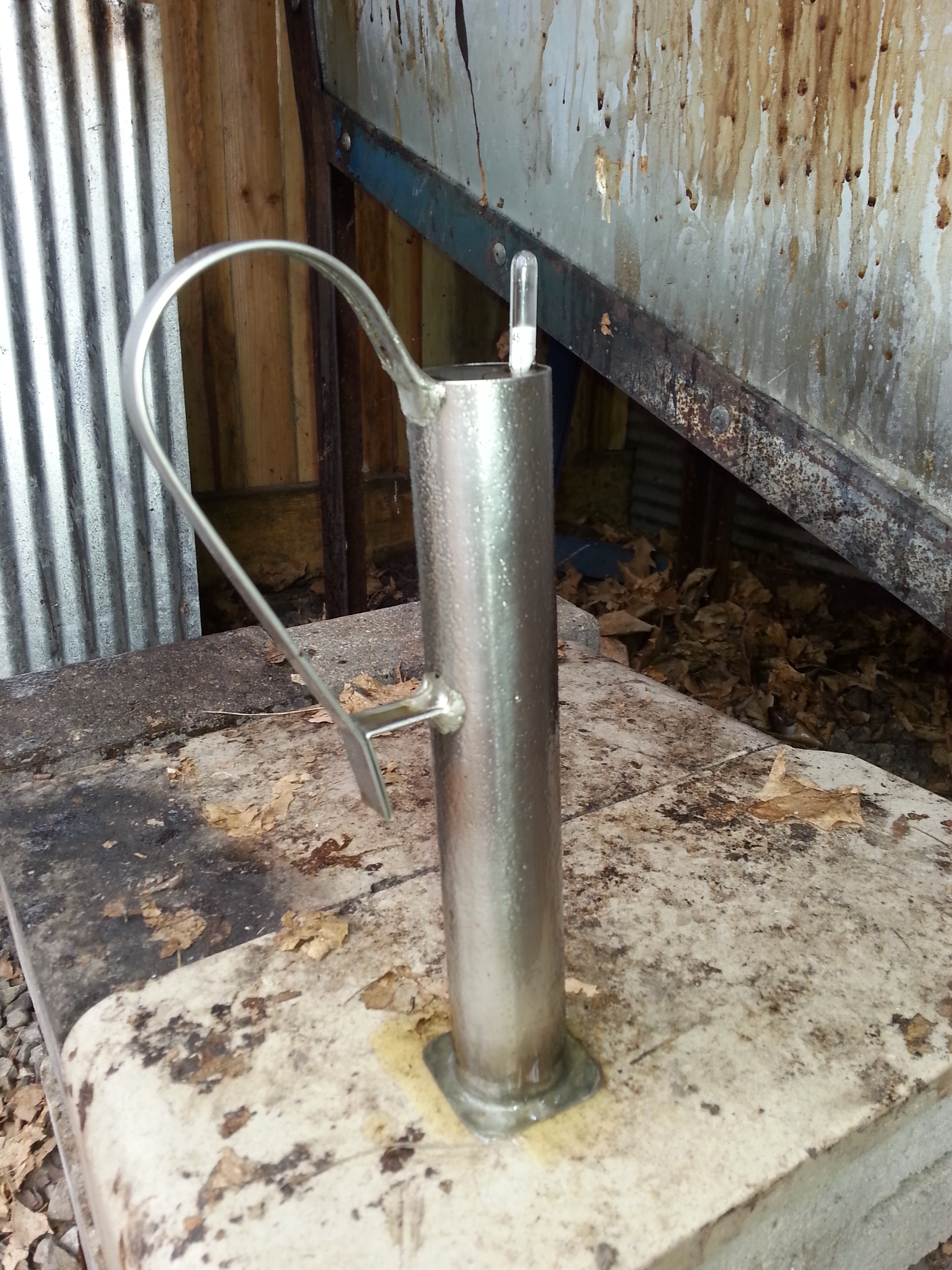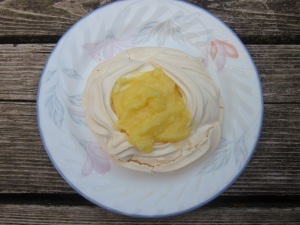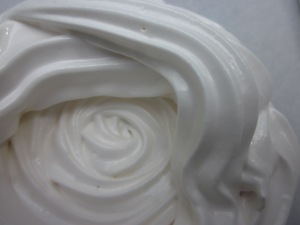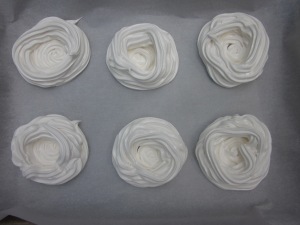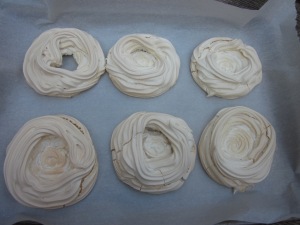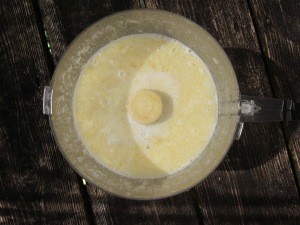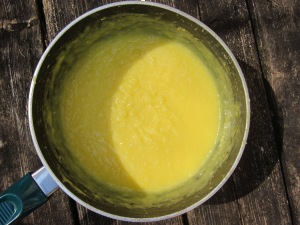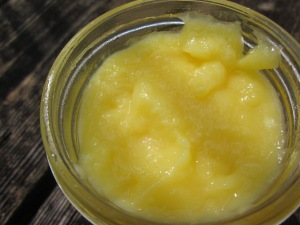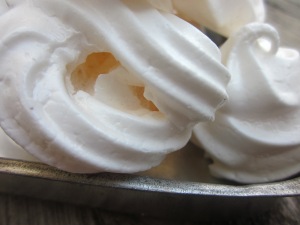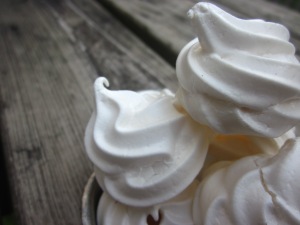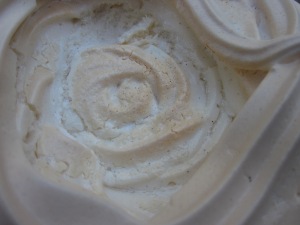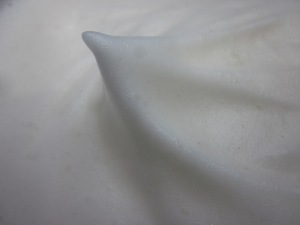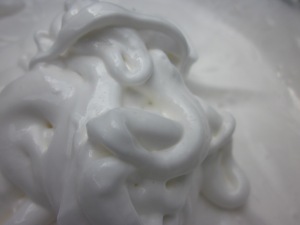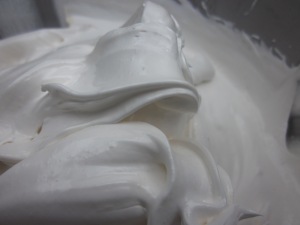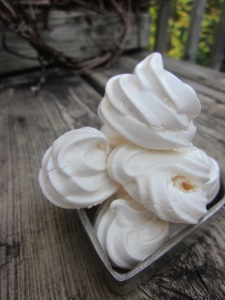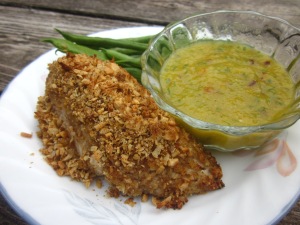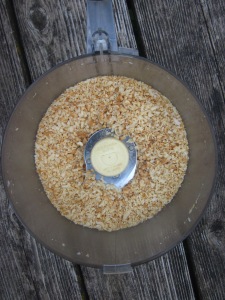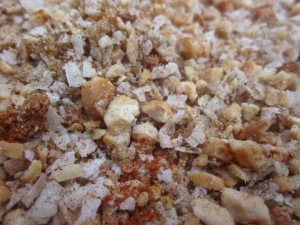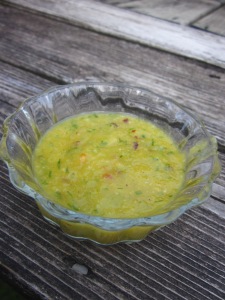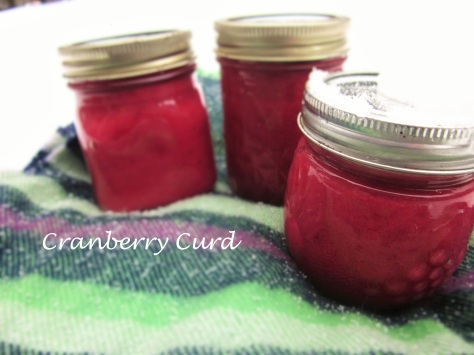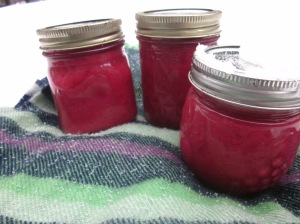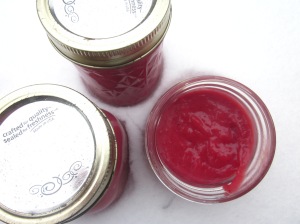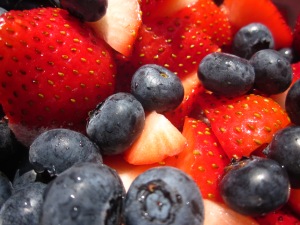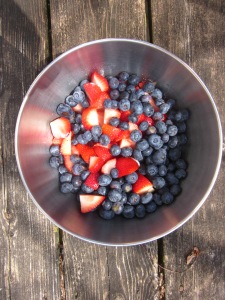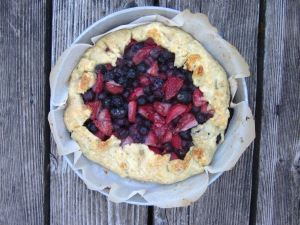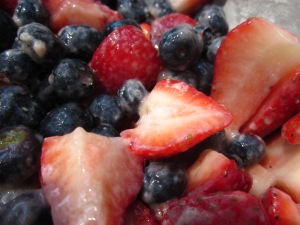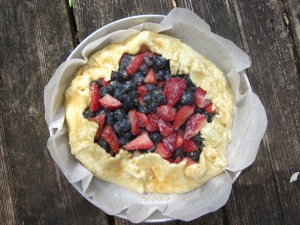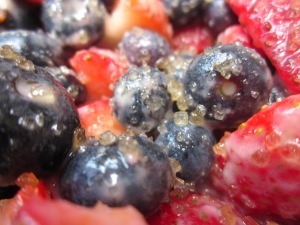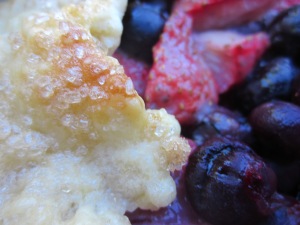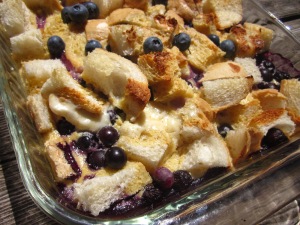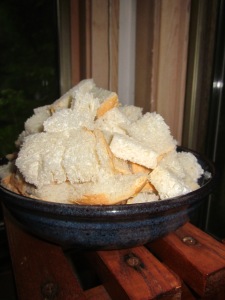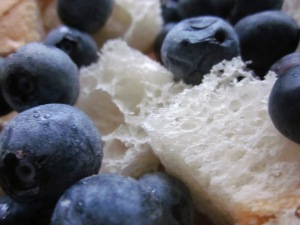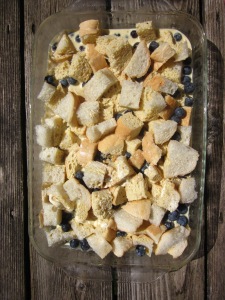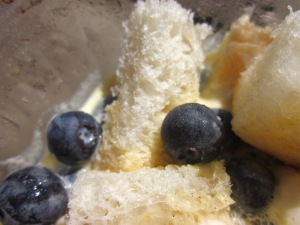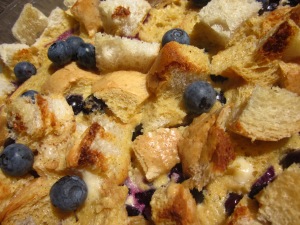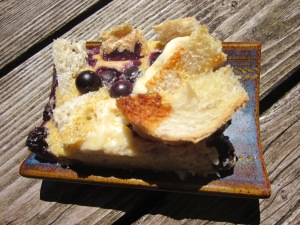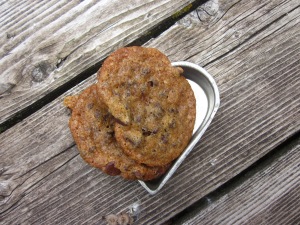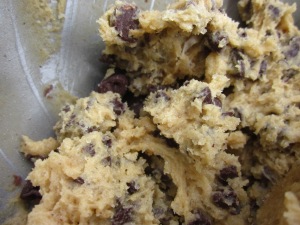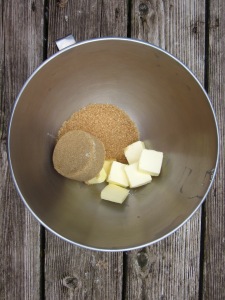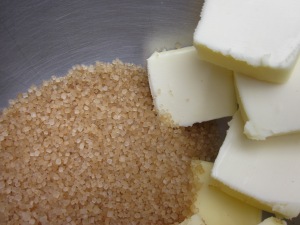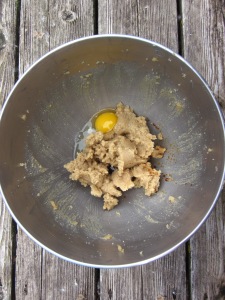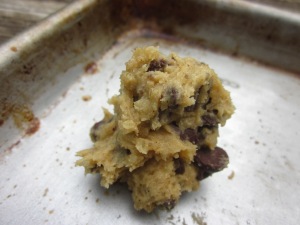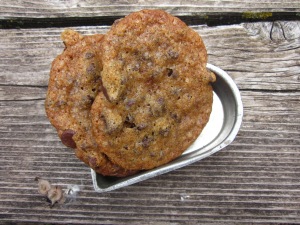Happy August Readers!
I’ve been thinking a lot about lemons lately – lemon scones, lemon thyme cookies, and most of all – Lemon Curd! I first tried lemon curd in a hostel in Edinburgh, right before a bus trip through the Glencoe Mountains to Loch Ness. Skyfall was being filmed while we drove through and I think I managed to get a glimpse of the helicopters doing panoramic shots. It was a fabulous trip – we saw the castle from Monty Python and the Holy Grail, Highland Cows, the Commando Memorial, and of course Loch Ness itself. Loch Ness was gorgeous, despite the freezing drizzle that day. I’d go back in a heartbeat.
Anyways, this hostel had breakfast until noon, so I tried lemon curd on toast and I was hooked. It was sublime, especially when mixed with raspberry and apricot jam. Very sweet, but perfect when paired with peaty Scottish Breakfast Tea.
When I returned to Minnesota, I was determined to replicate what I’d had in Scotland. I gave up on store bought fairly quickly and resorted to testing out my own recipes, since most of the very few versions available at the grocery store tasted more like overcooked eggs than lemons. After all, when I want lemon curd, I want something sweet and tangy, not eggy.
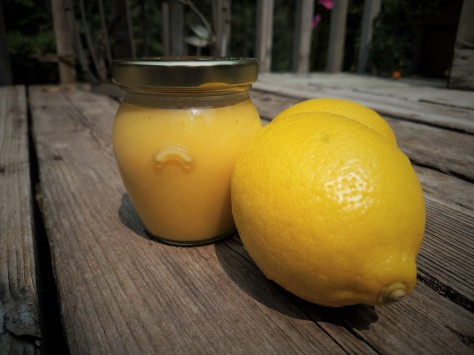
The recipe I’ve come up with ditches the traditional whole eggs in place of just the egg yolks. While this will produce less curd overall, it will reduce the need for straining, as there will not be the odd piece of cooked white floating around after heating. I’ve added less sugar as well, as I like my curds to be more acidic than sweet. In my experiments, I’ve found that honey will work just as well as white or turbinado sugar, but you may need to add more or less to suit your taste.
The finished product must be refrigerated, but freezes well in a sealed container. When you run out of the first jar, place the frozen one in the refrigerator overnight to thaw. I haven’t noticed a textural difference, but if you find it to be runny after thawing, repeat step two of the recipe below until you achieve your desired texture.
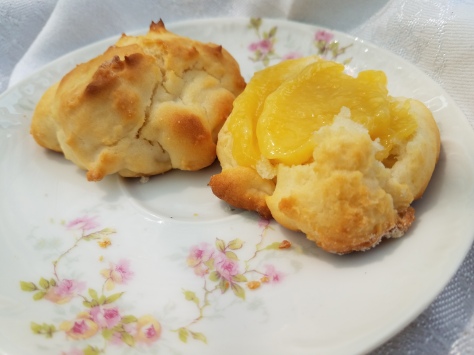
Recipe
- 2 large Lemons, zested and juiced
- ¼ – ½ c Granulated Sugar, depending on your taste OR 1/3 c Honey
- 3 Egg Yolks
- 6 Tbsp Butter, cubed
Procedure
- In a medium sized sauce pot, whisk together sugar, lemon juice and zest, and egg yolks until the mixture turns pale yellow.
- Cook, stirring constantly, until the mixture thickens enough to coat the back of a spoon without running together.
- Remove from heat and stir in butter until the curd is smooth and even.
- Transfer to containers and refrigerate or freeze.
- Enjoy!
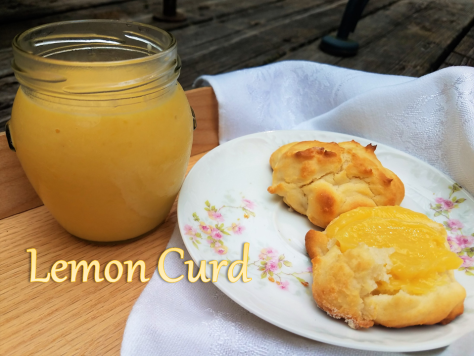
That’s it for now gentle readers. Give it a whirl!

